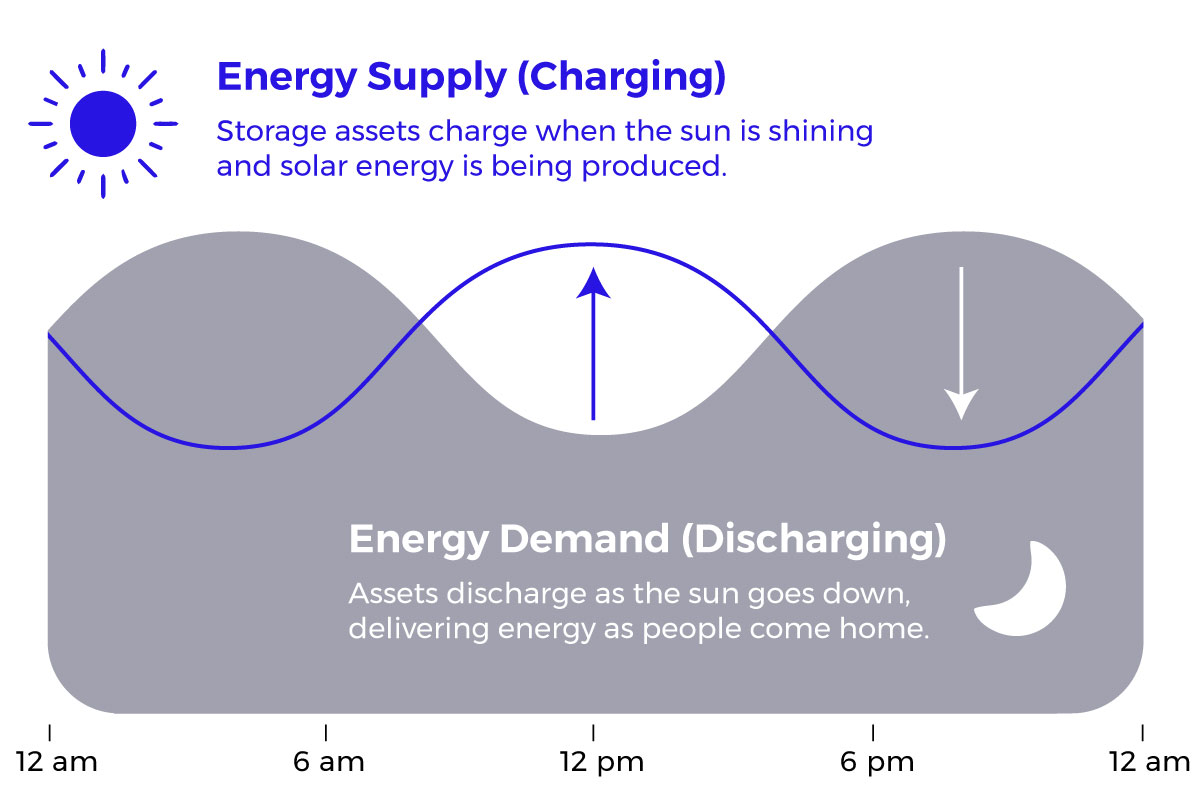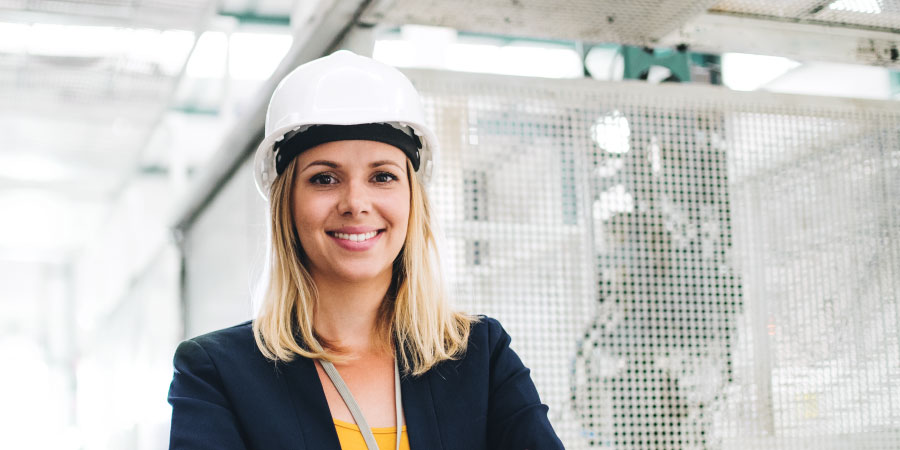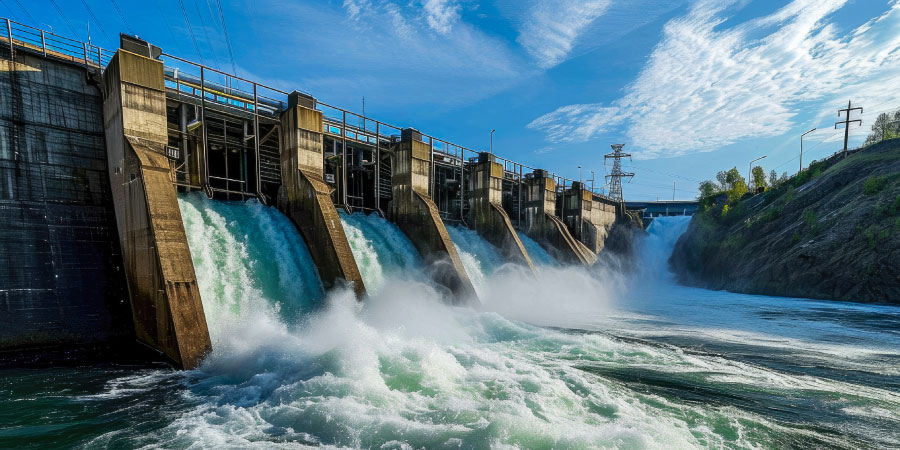We are building the energy storage assets, technology and capability to deliver reliable, on-demand, clean electricity.
It’s the key to Australia’s renewable energy future.

As our electricity system transitions to renewable wind and solar generation, which are weather-dependent, storage allows us to capture the energy and release it at the time of day Australians need it. This ensures a reliable electricity supply.
More than just a battery
The transition to a clean energy system requires not just the physical storage assets like batteries and pumped hydro, but also the technology to charge and discharge those assets efficiently, and the human capability to manage the delivery to the grid and ultimately consumers efficiently.
Proven solutions
At North Harbour Clean Energy, we focus on operationally proven solutions for utility scale energy storage including pumped hydro, lithium ion, and vanadium flow batteries, and have projects in development across all three technologies.

More than just a battery
Just like many other product inventories held for distribution, the purchase, storage, management and dispatch of electricity requires more than just a ‘warehouse’. It requires physical assets like batteries or pumped hydro together with the technology to charge and discharge efficiently, and the human capability to manage the delivery to consumers efficiently.

More than just a battery
Just like many other product inventories held for distribution, the purchase, storage, management and dispatch of electricity requires more than just a ‘warehouse’. It requires physical assets like batteries or pumped hydro together with the technology to charge and discharge efficiently, and the human capability to manage the delivery to consumers efficiently.

